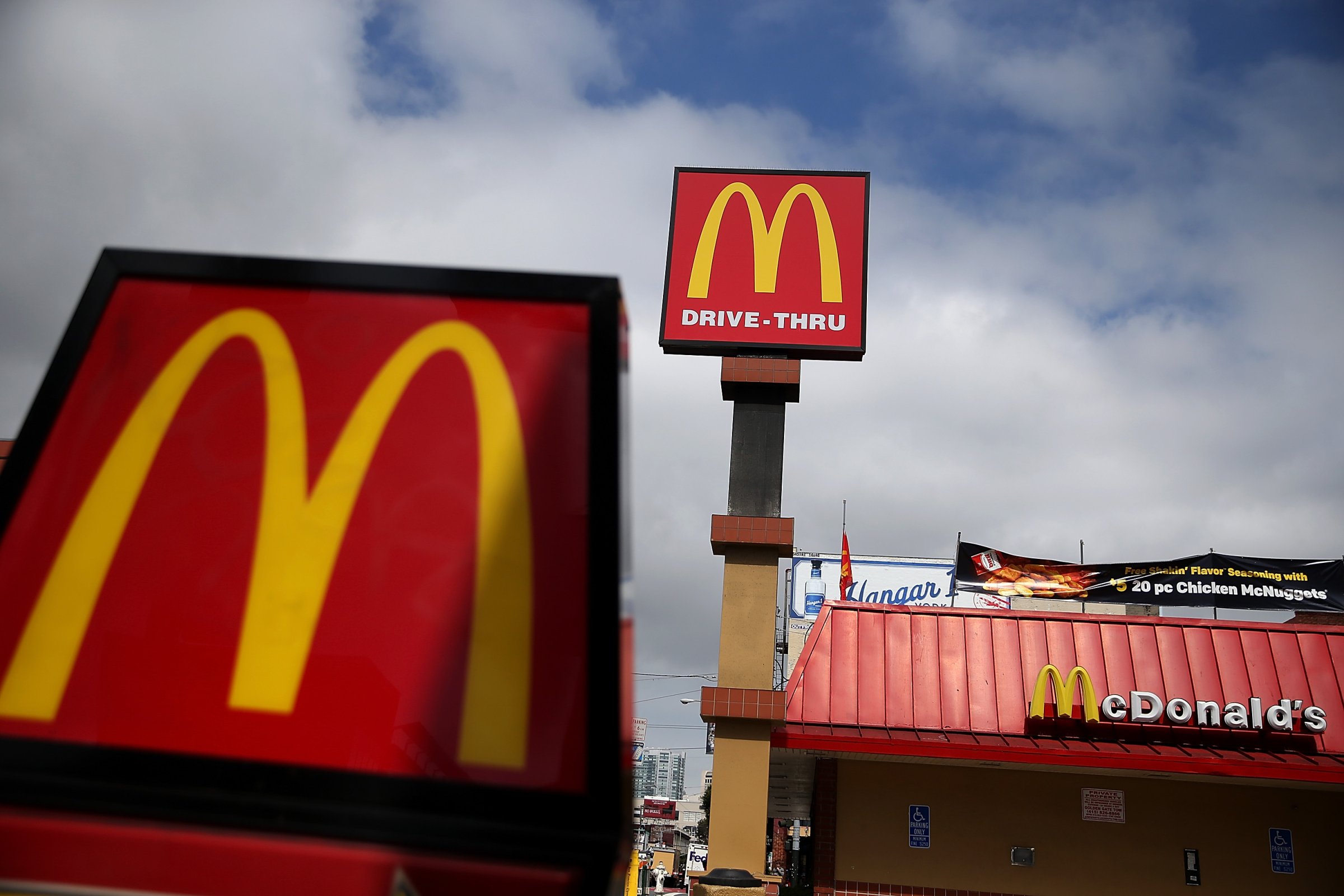
It is in no way surprising that McDonald’s recent troubles have drawn so much media attention. It’s not just because it’s a huge company, it’s because it is one of a small handful of corporations that are closely associated with the idea America itself, part of our national identity. And that has been the case for most of McDonald’s 75-year history.
There are many reasons for this, but the chief one might have been expressed best by the quotation TIME chose to open its September 17, 1973 cover story on McDonald’s: “The destiny of nations depends on the manner in which they nourish themselves.” The quote came from The Physiology of Taste, written in 1826 by Jean Brillat-Savarin.

The cover story was titled “The Burger That Conquered the Country.” At the time—and for decades thereafter—nobody could seriously argue the title’s point. McDonald’s has faced stiff competition all along, from Burger King, from Wendy’s, from Taco Bell, and from any number of other fast-food chains. But none of those competitors ever came close to McDonald’s, especially in terms of image. McDonald’s—even now, when it faces some of its greatest challenges ever—is America’s burger joint.
In the 1973 article (in which McDonald’s main product is rather quaintly referred to as a “ham burger”—two words), TIME declared that if Brillat-Savarin’s quote was correct, “America’s destiny manifestly depends to no small degree on the ham burgers, French fries and milkshakes served beneath the golden arches of McDonald’s.”
Though it would grow much, much larger in the years ahead, McDonald’s was by 1973 a fully realized entity. It employed 130,000 employees in nine countries, and operated 2,500 outlets in the United States. And although Time declared that it “gone from a uniquely American to a truly global operation,” its image remained fully American, as it still does 42 years later—for better and, in some respects, worse.
Our destiny since then has manifested itself largely in our waistlines, a concern that in 1973 was just starting to creep into the national dialogue. The company most often cited by health-conscious critics of our food economy is, of course, McDonald’s. Our economic destiny meanwhile has in recent years manifested itself in the form of a growing wealth gap, with low-wage retail jobs taking the place of vanishing, high-wage manufacturing jobs. The company most-often cited in discussions of this problem (along with Wal-Mart) is, again, McDonald’s.
In the past few years, these trends have hit critical mass, to McDonald’s detriment. Consumer tastes for quick meals remained static for decades. Now they’re changing. Largely motivated by health concerns, but also by the desire for higher-quality eats, diners are increasingly opting for “fast-casual” outlets like Chipotle and Panera Bread. In response, McDonald’s is grasping for solutions that might not exist.
MORE These Are the States With the Most McDonald’s
At the same time, the company is facing pressure on the labor front. In 1973, most of its employees were teenagers working as burger flippers and “window girls.” Now, most of it workers are adults, many of them trying to support families. Last month, the company said it was raising wages and increasing benefits, though that applies only to employees of company-owned outlets, not to franchisees, meaning that most McDonald’s workers aren’t affected.
Officially, McDonald’s traces its history only back to 1955, when businessman Ray Kroc joined the company as a franchise agent. But the first McDonald’s (“McDonald’s Barbecue Restaurant”) actually opened on May 15, 1940, in San Bernardino, Calif. Kroc, impressed by the company’s production-line methods, purchased the chain from the McDonald brothers in 1961, and set about turning it into a burger leviathan.
The 17 Most Influential Burgers of All Time


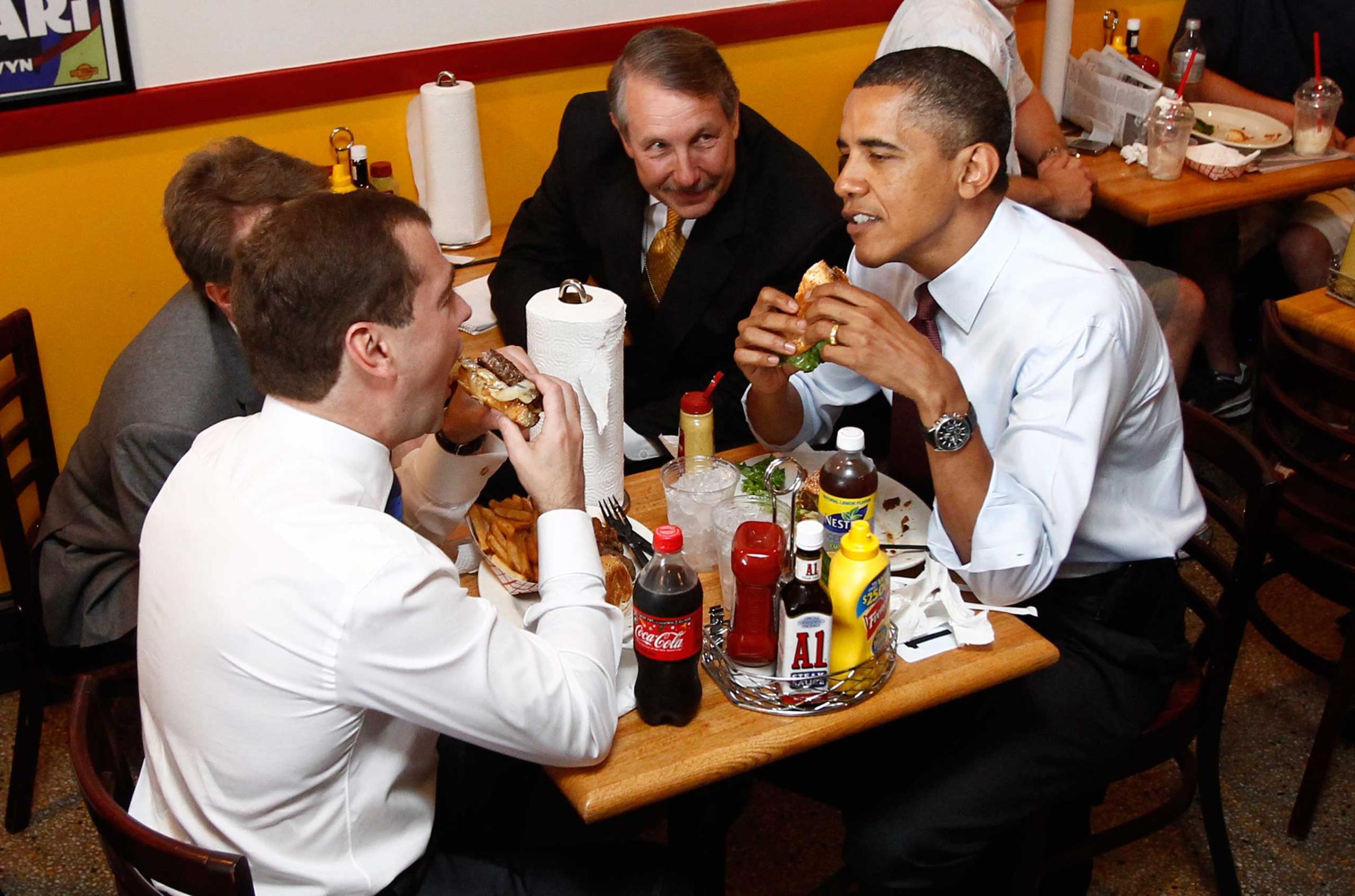
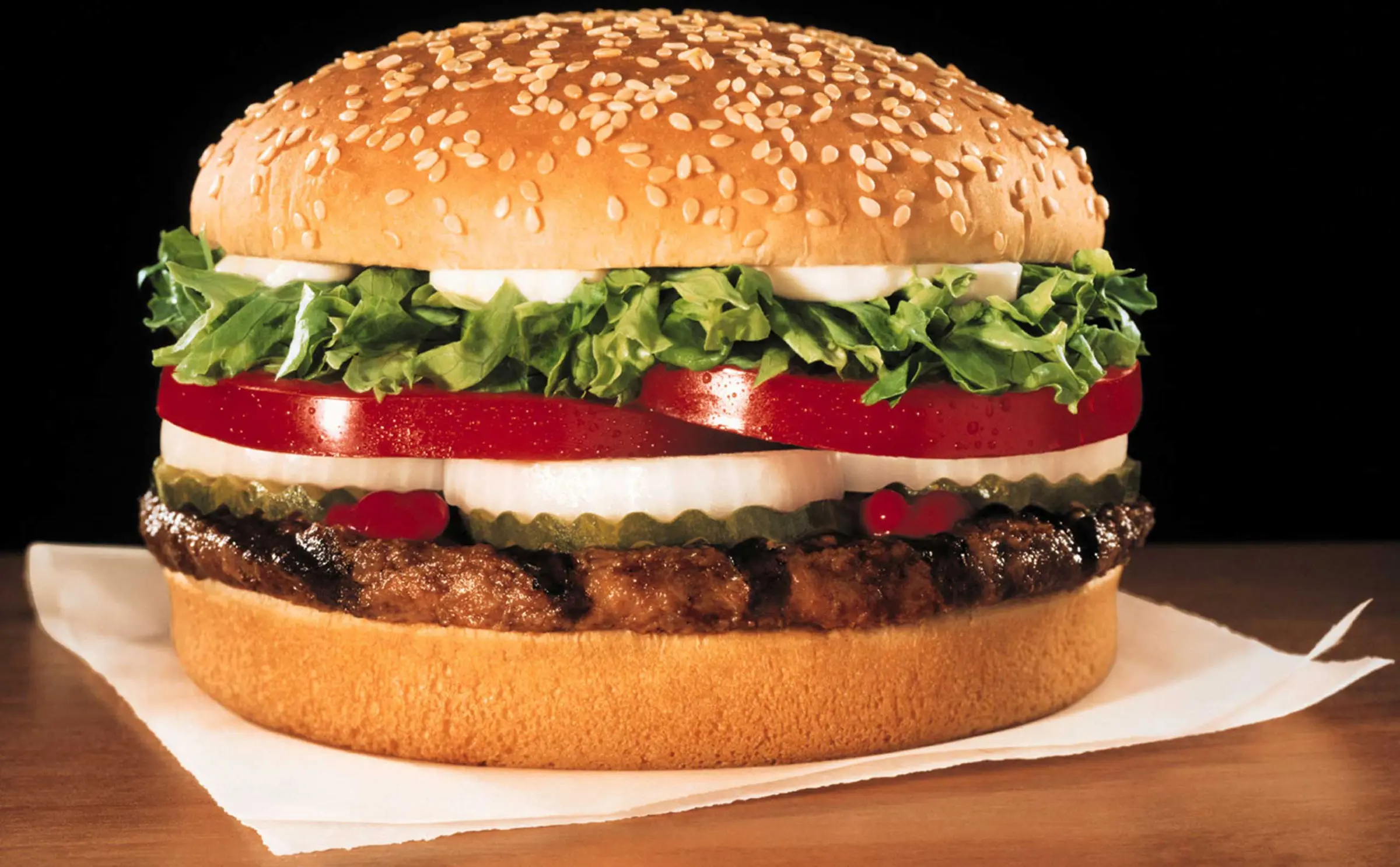

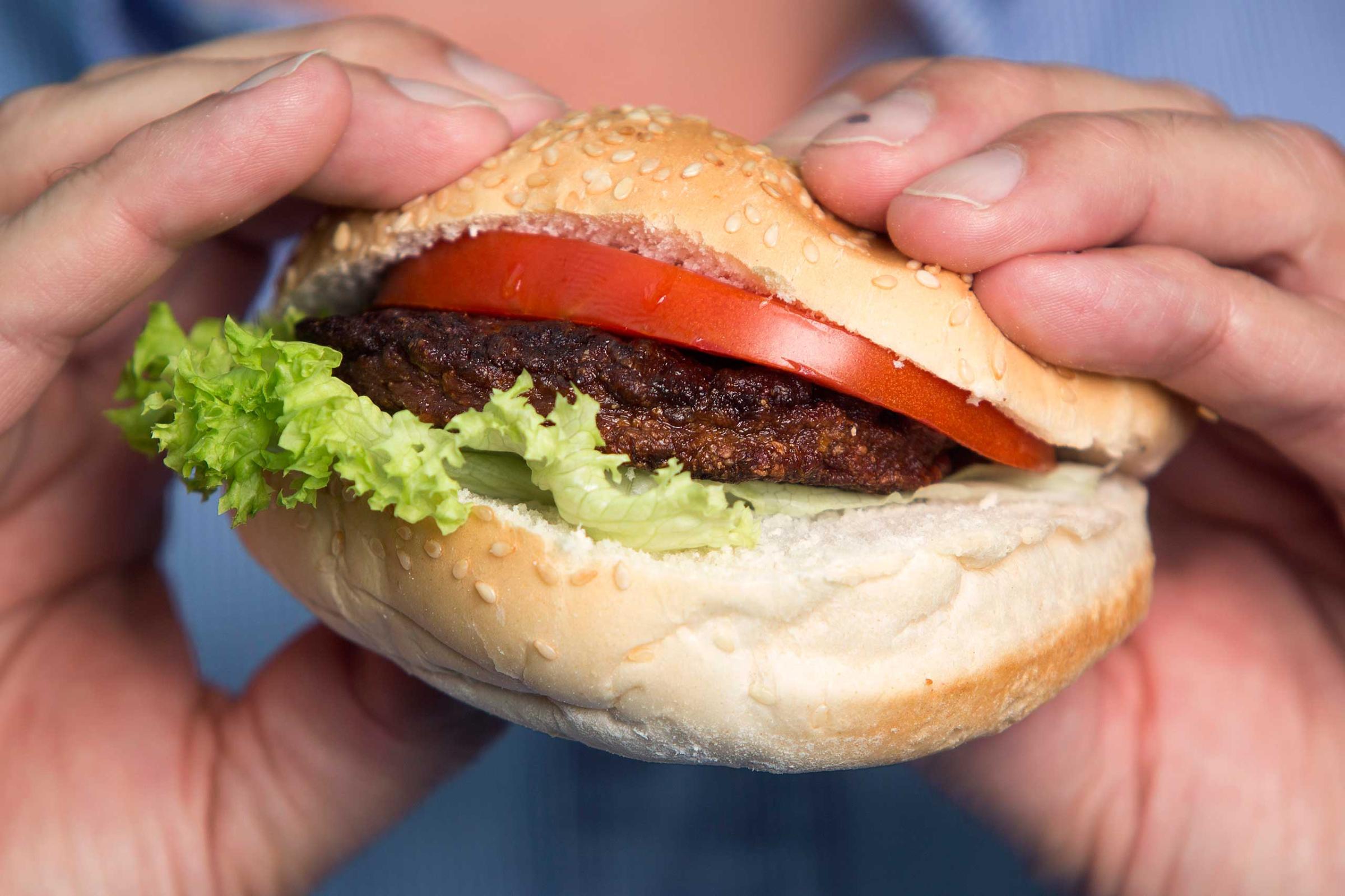
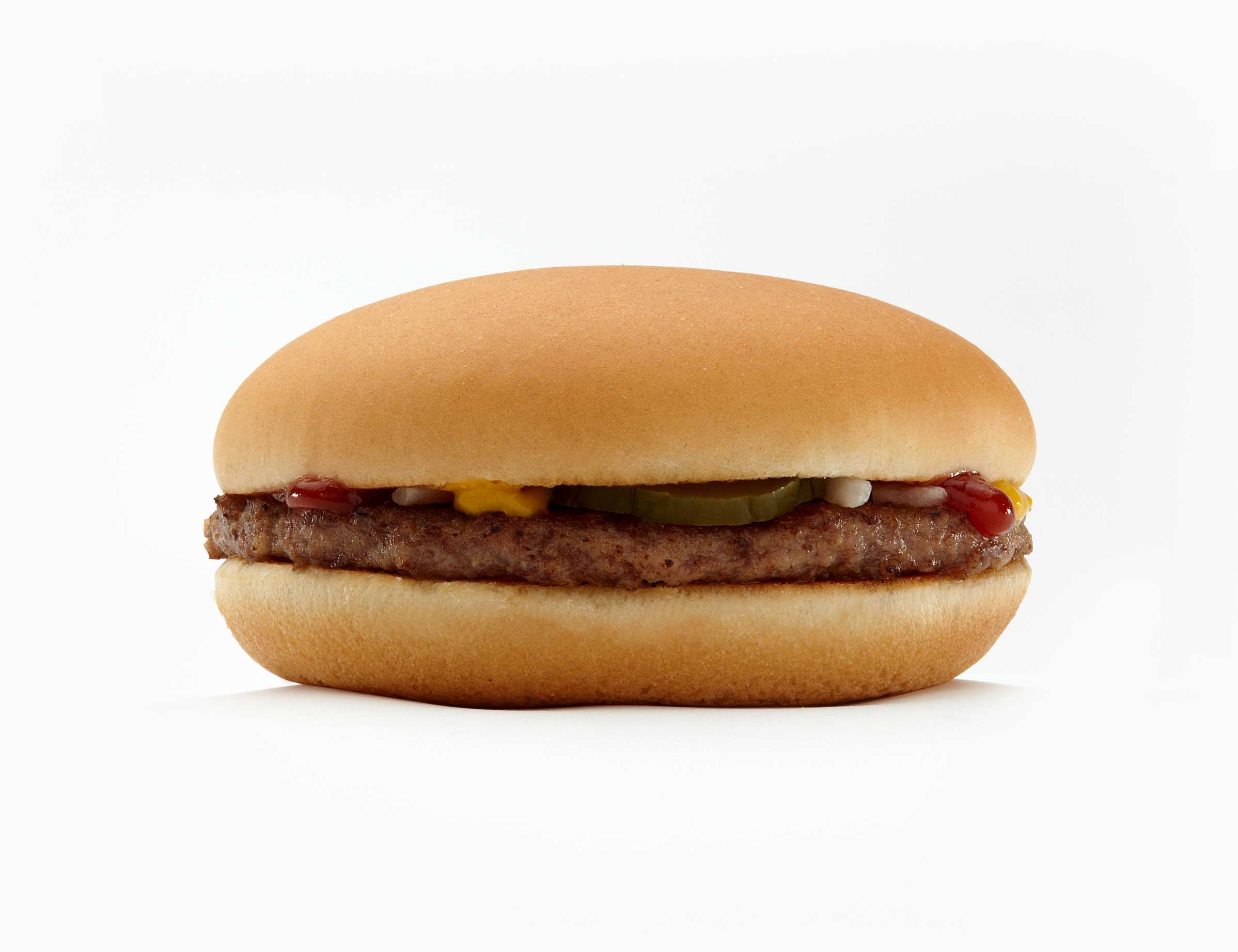

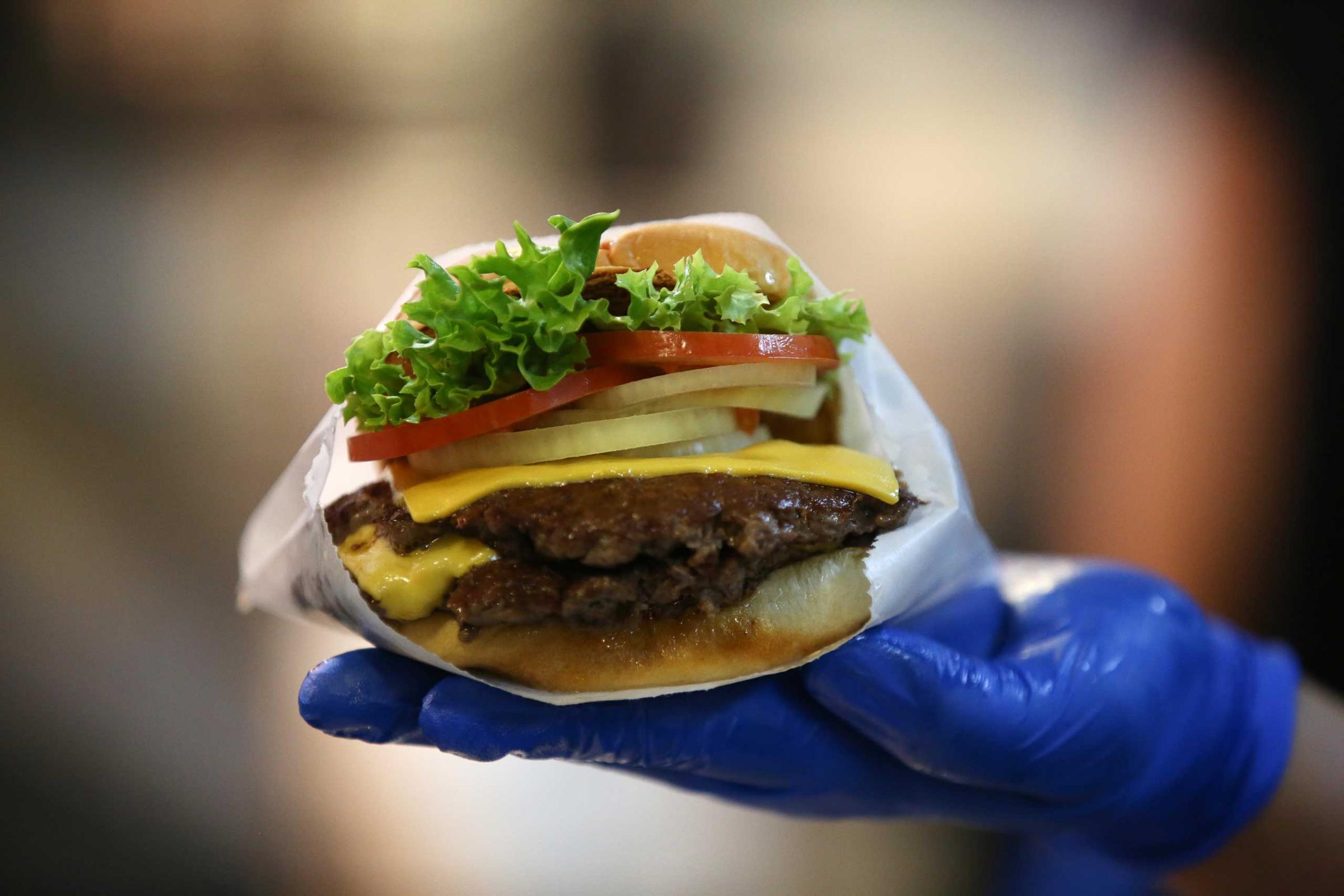


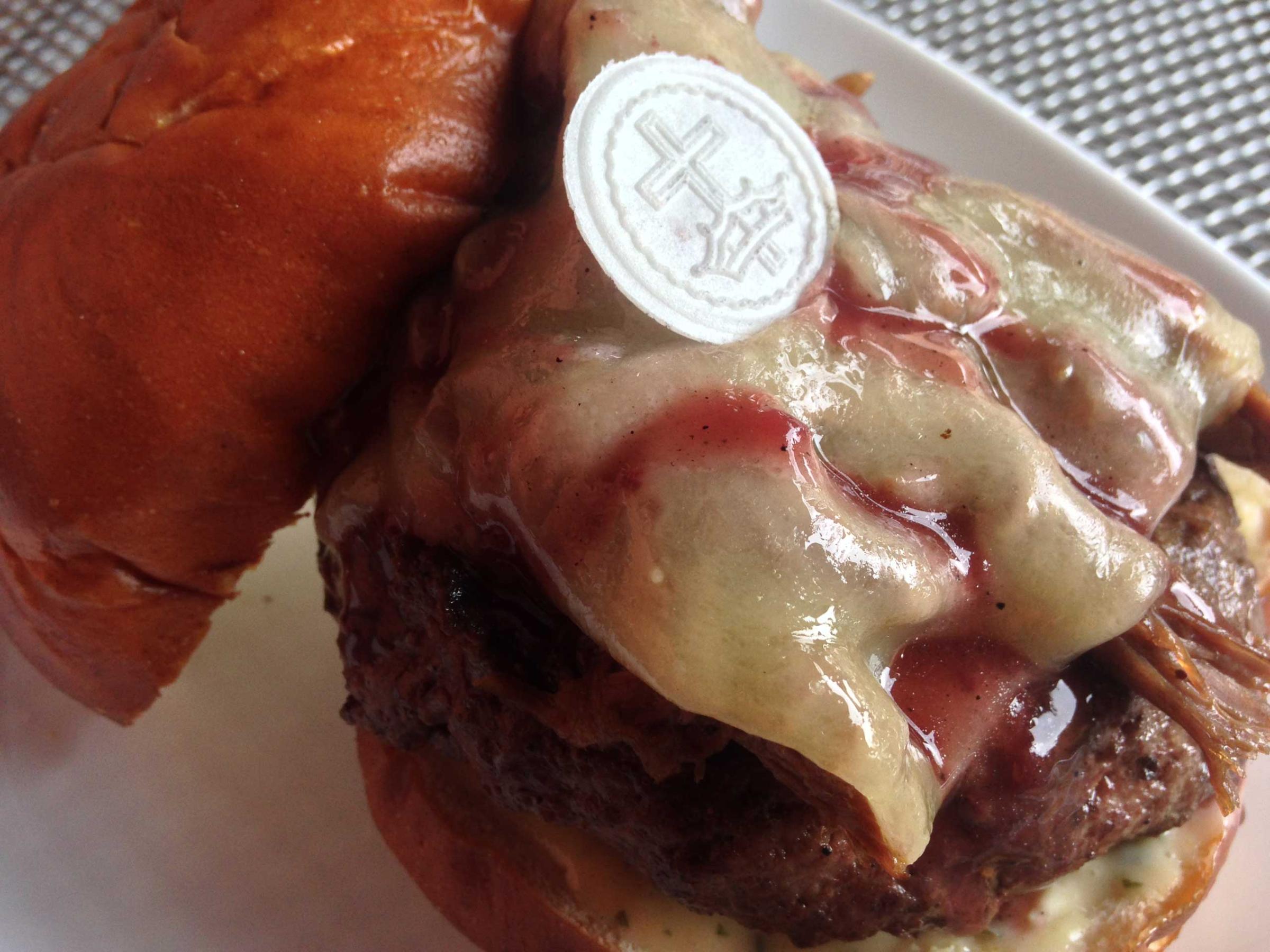
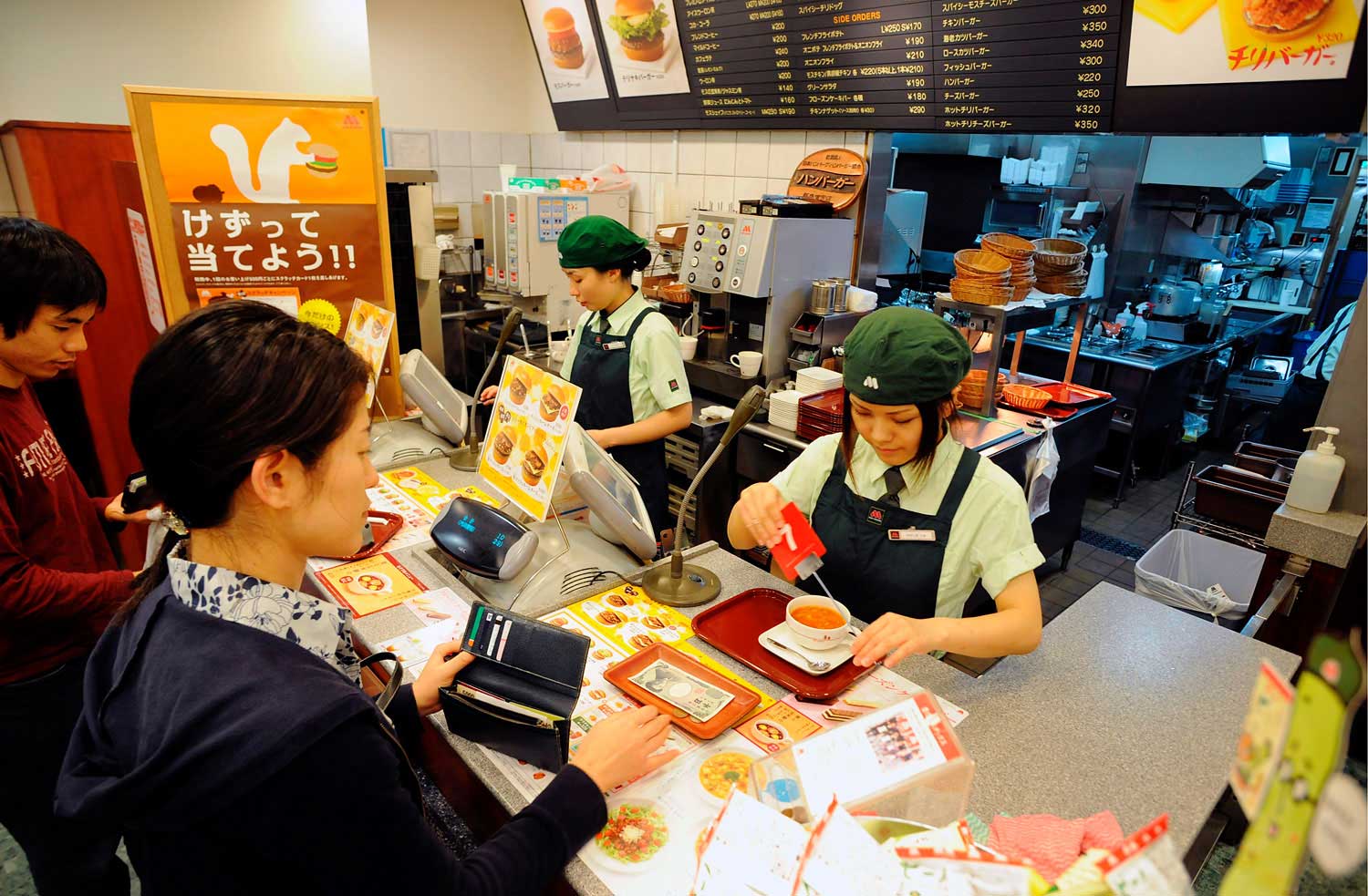

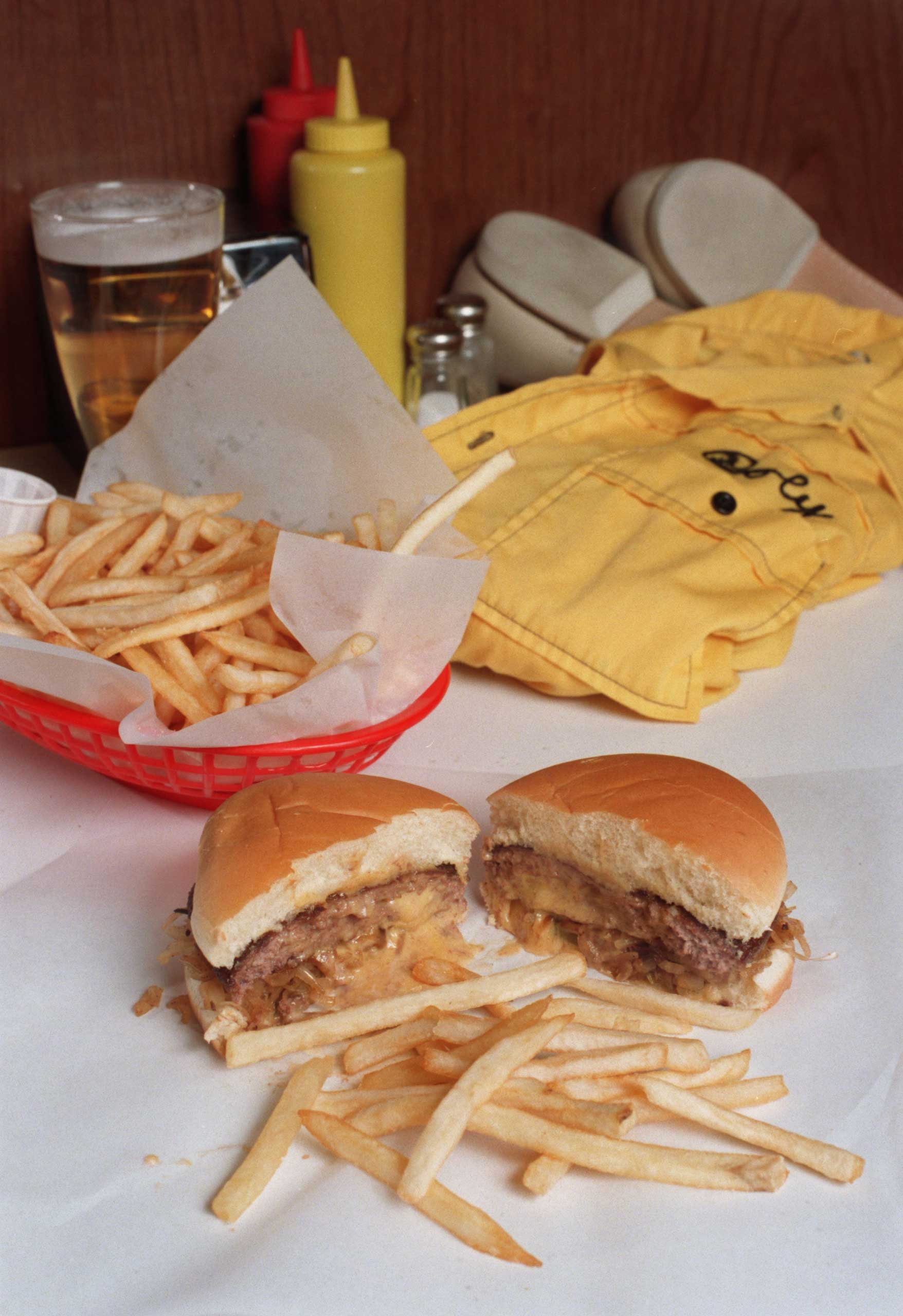
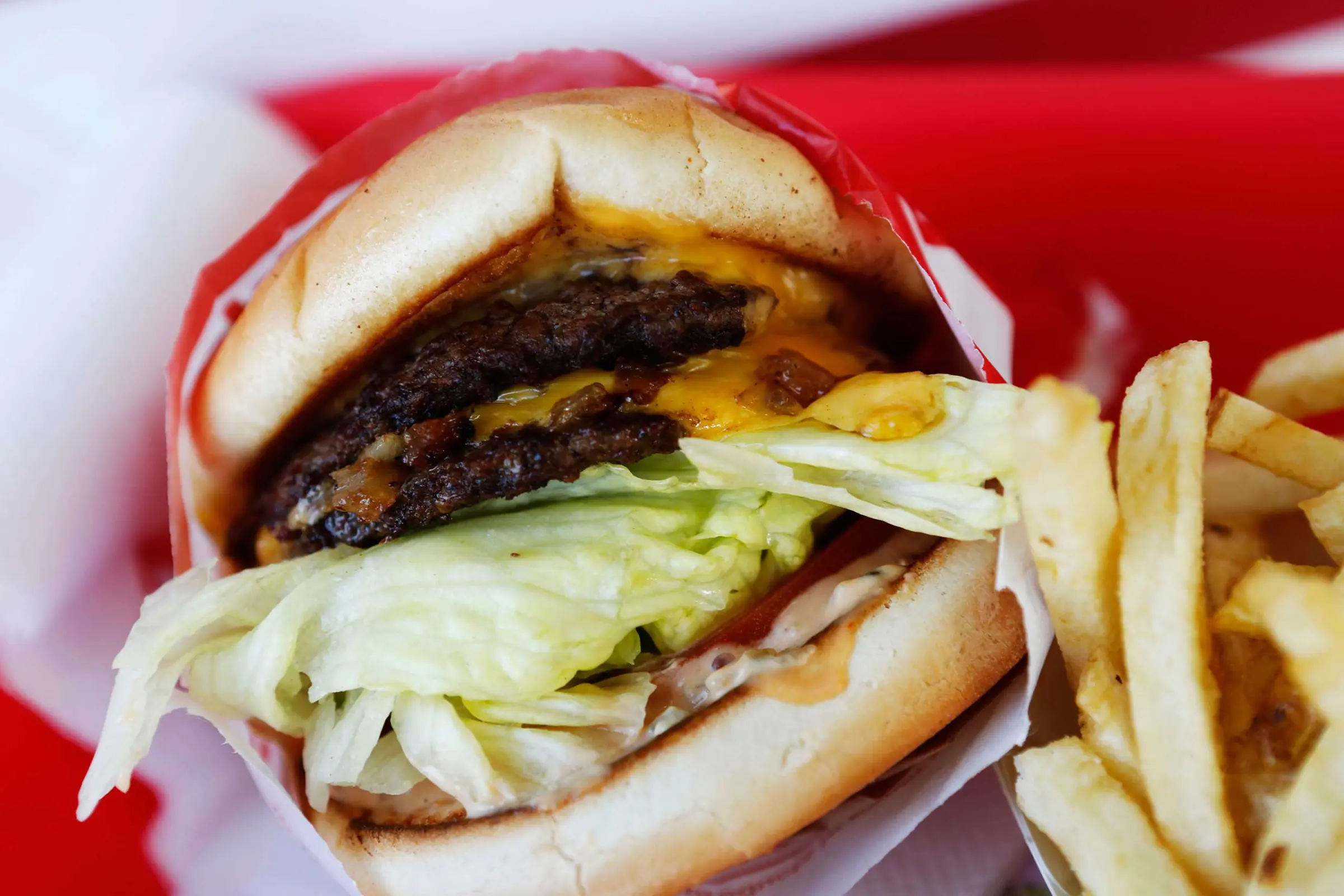
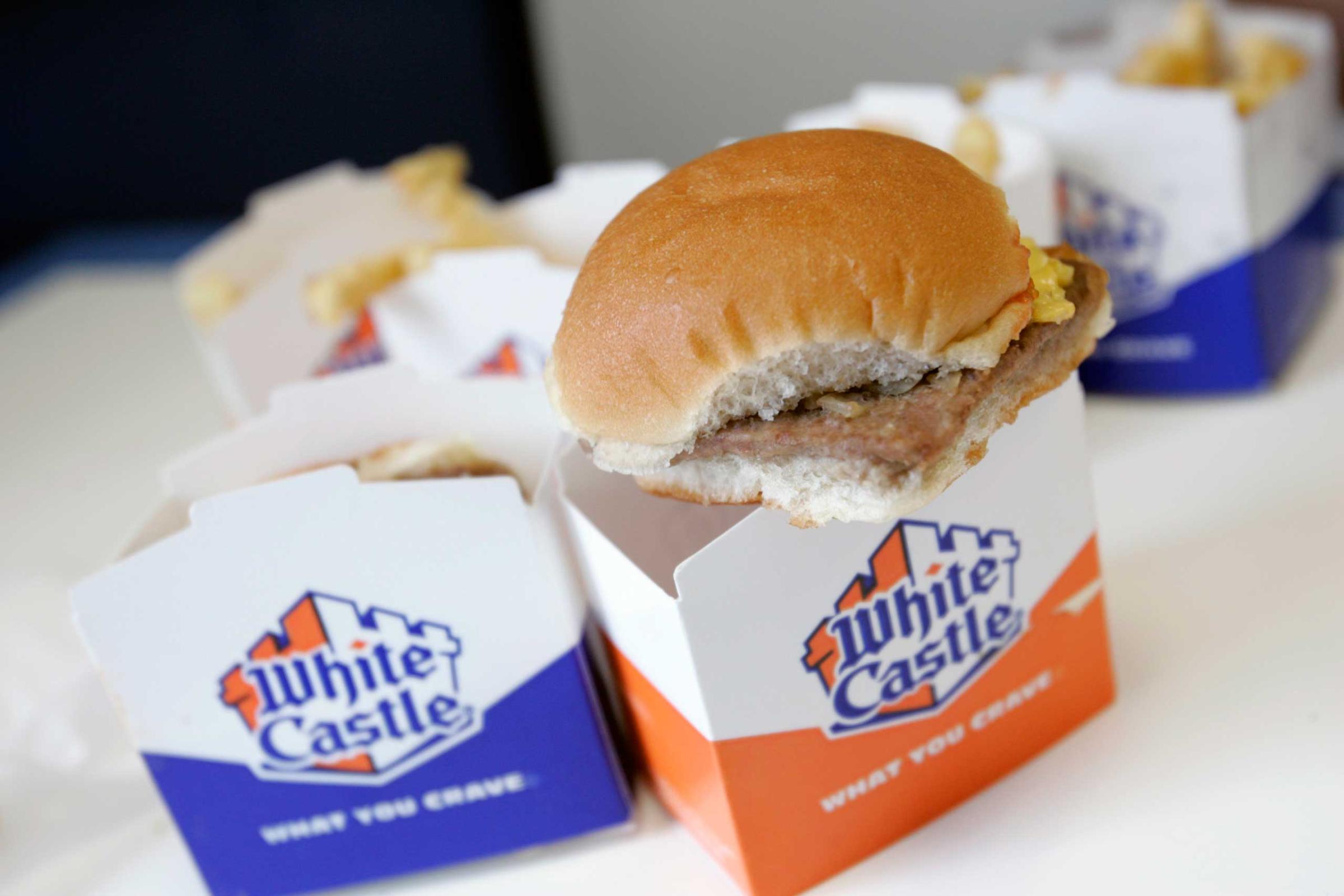
The chain now includes about 30,000 outlets (14,000 in the United States) in 119 countries and employs about 1.7 million people.
By 1987, TIME was declaring “McDonald’s as a corporation looks more and more like a case study in how to concentrate on providing one service exceedingly well.” Despite all the grief it was taking from critics of its fatty, salt-laden fare and its monolithic corporate image, the company was still largely beloved. “McDonald’s has become such a pervasive reference point in American life that many consumers think of the company as a public institution—one that is often more reliable than the post office or the phone company,” wrote Stephen Koepp.
The company’s growth continued more or less unabated until after the 2008 recession, when the restaurant industry as a whole was hit hard—fast food included. As recently as 2005, TIME was describing fast food as a “quintessentially American dining experience” and a “perfect expression of those bedrock values of efficiency, thriftiness and speed.” Total spending on fast food had quadrupled in the preceding decade.
But even then, fast-food chains—McDonald’s definitely included—saw the writing on the wall, and were working to change their images. Consumers still wanted to dine out, but they were looking for a more pleasant experience, and healthier food. Stores were redesigned, menus were upgraded. Then the recession hit.
“Fallen Arches,” read a headline in Fortune magazine last November. “Can McDonald’s Get Its Mojo Back?” The company “has risen to the top of the fast-food chain by being comfortably, familiarly, iconically ‘mass market’ and so ubiquitous as to be the Platonic ideal of ‘convenient,'” wrote Fortune‘s Beth Kowitt. “Neither of these selling points, however, is as high as it was even a decade ago on Americans’ list of dining priorities. A growing segment of restaurant goers are choosing ‘fresh and healthy’ over ‘fast and convenient,’ and McDonald’s is having trouble convincing consumers that it’s both. Or even can be both.”
MORE This Is Why Shake Shack Will Never Be McDonald’s
So much for “providing one service exceedingly well.” If people don’t want that one service, what’s a company to do? McDonald’s is still looking for answers, from making burgers more customizable to adding various new menu items (and subtracting others) to launching attention-getting promotional campaigns with varying degrees of success.
Kale, of all things, provides a nice microcosm for McDonald’s challenges. Several months back, the company made fun of the trendy, often-mocked “superfood” in TV advertisements. Over a camera close-up of the lettuce on a Big Mac, the narrator intoned: “This will never be kale.” Earlier this month, McDonald’s started test-marketing a breakfast bowl consisting of turkey sausage, egg whites, and … kale.
It seems that McDonald’s still hasn’t decided which one service it wants to provide exceedingly well. But America will likely be watching.
More Must-Reads from TIME
- Cybersecurity Experts Are Sounding the Alarm on DOGE
- Meet the 2025 Women of the Year
- The Harsh Truth About Disability Inclusion
- Why Do More Young Adults Have Cancer?
- Colman Domingo Leads With Radical Love
- How to Get Better at Doing Things Alone
- Michelle Zauner Stares Down the Darkness
Contact us at letters@time.com